
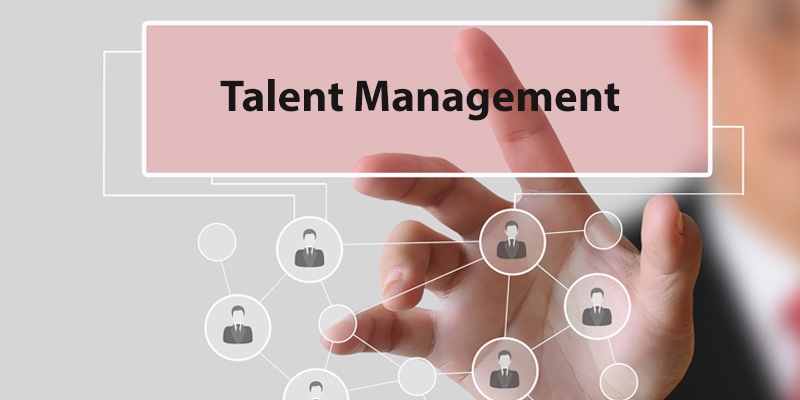
Human capital management functions that operate independently of each other make creating and executing a unified workforce strategy difficult. Disconnected talent management applications only make it worse. Even if you only consider administrative burdens, it adds up to a lot of wasted effort.
Those costs can be significant, but the most important issue disconnected platforms can cause is that decision makers don’t have the information they need to make well-informed choices. The cost can be enormous in lost opportunities, lost talent, and lost revenue.
The reasons why you might find yourself operating in technology silos are many. Maybe you couldn’t tolerate the weaknesses in one application or another in the “full suites” you reviewed. Budget constraints may have dictated a piecemeal approach to modernization. Perhaps you pursued a best of breed strategy to get the best functionality possible.
The result is the same. You end up with disconnected technology, or you have an unmanageable array of point-to-point integrations.
If you have managed to optimize your separate systems into a unified human capital management function, we applaud you and hope you are sharing with your colleagues how you did it.
If you haven’t, it might be time to take a fresh look at your approach to integration.
The process and methods of integration management are a standardized part of data governance, but the strategy will be unique to your organization. What is important is that you manage it and that your integration strategy supports your business objectives.
We suggest a decision-oriented approach to connecting applications, and that means removing barriers to the information the user needs at the moment of decision.
The correct approach for your organization may be centralized data in your core HCM or ERP, or it may be a data warehouse. If you have limited needs, ad hoc tables for reporting may be the answer. A detailed analysis of your current situation and strategy will guide the way.
We can recommend a few principles to keep your efforts on track.
Well-managed integrations will do more than streamline your operations and lower your costs. It will enable your entire organization to make better decisions at every level.
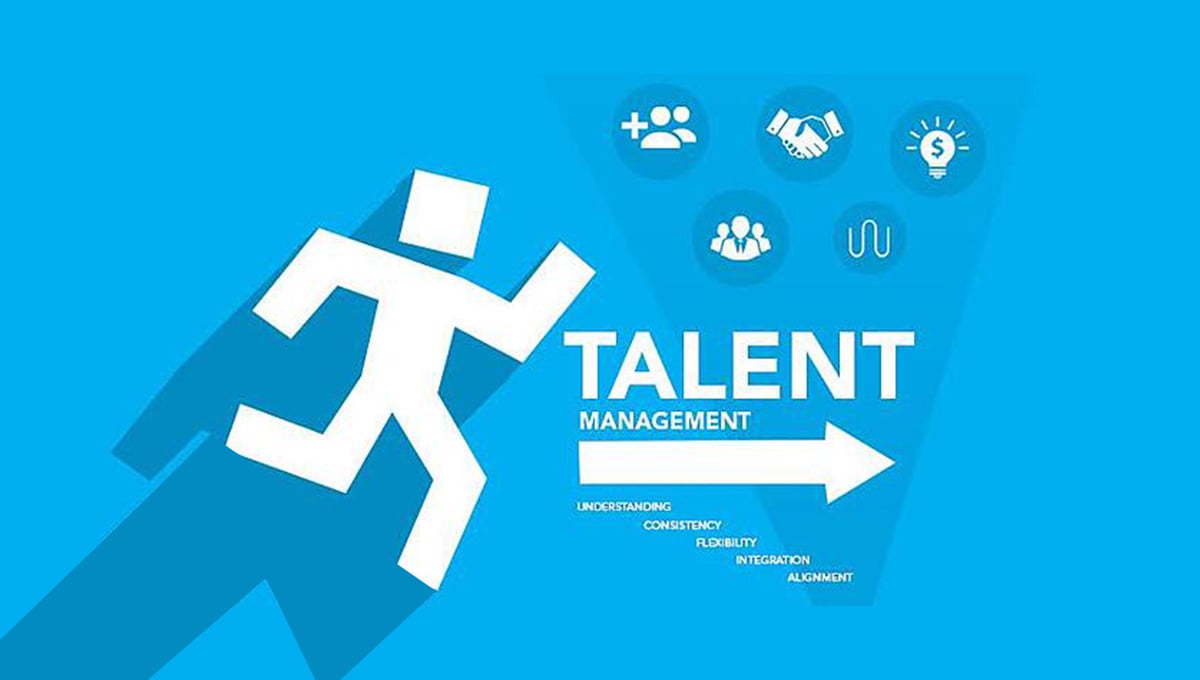
Competency models have been around for decades, but recently there has been a renewed interest. The war for talent and the need to retain top performers have created increased requirements for replicable behavioral models in talent management.
This article is about what competency modeling can do for your organization and why it works. We base the discussion on our decades of experience in using, developing and deploying competency models in dozens of companies from startups to global conglomerates. We also rely on the work of Michael Campion et. al. of the Krannert School of Management and Jim Graber to describe the benefits of competency models.
Before we discuss the benefits, let’s try to arrive at a shared understanding of what competencies are and how they work.
We can describe a competency as a collection of skills, knowledge, abilities, and other attributes (KSAOs) that define what the incumbent in a position does to accomplish the job well. Competency model is a term used interchangeably for a group of competencies for a job, function, or job family.
Benchmarks vary widely. Some organizations use top performers as the standard. Others use a “typical worker” approach. Still others use a description of “working knowledge.”
At the individual job level, competencies describe in a few sentences what it takes to accomplish job tasks. The analysis begins with outcomes for the purpose of aligning behaviors with organizational strategy.
The structure of a competency model can be can be very simple, or it can be very comprehensive and sophisticated. It depends on how the competency library will be used. These five attributes describe a typical competency : 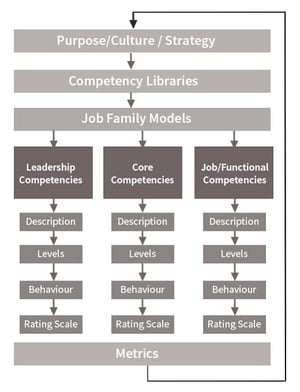
A well-designed competency model can have profound effects on an organization. Introducing competencies for the first time or introducing a new model can be the catalyst for a culture change. People will modify their behavior to meet the standards.
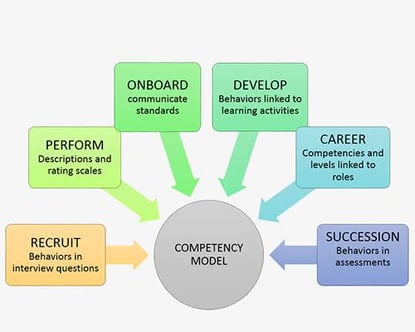
Some experts will argue that there are more scientific approaches to modeling behaviors in an organization. That may be true, but we have yet to see a method that is more flexible, understandable, and easy to deploy.
Graber, Jim. "The Case for Competency Models." The Case for Competency Models. December 3, 2015.
Campion, Michael A., Alexis A. Fink, Brian J. Ruggeberg, Linda Carr, Geneva M. Phillips, and Ronald B. Odman. "Doing Competencies Well: Best Practices In Competency Modeling." Personnel Psychology 64, no. 1 (February 17, 2011): 225-62.

In a recent Gallup poll, 51% of employees are considering a new job, and the reason for most is that they “want to do what they do best.” Employees look to job hopping when they don’t feel their employers use their talents, and when they do, they initially feel more engaged. Then, engagement drops off over time, and the cycle starts again.
The study found that employees with over ten years of service are more satisfied. They know what is expected of them and have the “opportunity to do what they do best.”
At first glance, it looks to us like a question of maturity. Perhaps it is a manifestation of our innate inability to assess our own competence. Over 80% of us believe we are “above average.” Almost all of us think we have leadership potential until we mature enough to realize our limitations. In truth only a small percentage of people have what it takes to be an effective leader.
We will let the social scientists sort that out. What matters right now is that employers are facing a mobile workforce at a tremendous cost of recruiting and retention costs.
Most people in the first decade of their careers want to feel that their careers are moving forward. They believe that as they learn more and become more skilled, opportunities for growth and advancement will come. This is happening at the same time organizations are becoming flatter and more team-based, but the belief that a person learns a set of skills and advances up the corporate ladder is still the norm.
The prevailing culture is that the only way forward is up, but in the new team-centered organization it is no longer true. There is much less “up” and much more “sideways.”
If you can develop a new mindset that the first place to look for new talent is within your organization, you have an opportunity. You can not only reduce the churn in your workforce but develop broader skill sets among employees.
However, implementing a culture of internal mobility requires heavy lifting.
None of that is possible unless your talent management technology supports internal mobility. Without an integrated talent management platform that supports a unified employee profile, the internal communication that seeks and finds internal talent is absent.
To facilitate the cultural change, you will need a unified employee profile. It must bring together each employee’s history, skills, development activities, and characteristics into a single holistic picture of that employee’s growth potential. It must be so user-friendly that employees and their managers will be drawn to it.
Whether you integrate your current talent management applications or invest in a unified platform depends on where your organization is in the talent technology life cycle, but we see integration as a business imperative.

We have been thinking about competency models a lot lately – mostly about how the right competency model, used correctly, can have a significant impact on a company’s performance.
Talent tops the concerns of business leaders worldwide. Companies are feeling the pinch of a shortage of skilled labor, and the half-life of skills is diminishing as the pace of technology change speeds up. Recruiters are facing more difficulty in finding candidates with the right skills. As the market tightens, turnover is increasing. Companies are trying to create more development opportunities to boost retention, but those programs take time to have an impact.
One of the most powerful tools in the war for talent is a well-designed competency model. That power has grown during the past decade as we have learned more about human behavior in the workplace and how the workplace affects people. We have learned how to measure talent management activities to show their effectiveness and the effectiveness of other talent management efforts.
What is a well-designed competency model? It might sound glib to say the right one for your business, but that is true. Certain models can span across industries, such as leadership, communication, and other common competencies, but ultimately they must meet the needs of your unique business.
A good competency model will:
The last point is the key to integrated talent management. Your competency model tells people at every level how to maximize the value of talent in themselves, their teams, and the people they develop.
Each talent management activity informs other function using the model as a framework, and data from each function helps improve others. We have provided here a few thoughts on how competencies can be the glue that holds talent management together.
Individual skills matter little if the employee does not fit with the organization and work team. Without competency models, recruiting focuses solely on a skill match. Competencies refocus recruiting on cultural fit and behavioral attributes required for the role. An executive in a high-tech manufacturing firm told us he struggled for years hiring scientists until he learned that he could teach skills to people who fit well into the organization and did not need to find exact skills.
Recruiting can be the gatekeeper for maintaining the competency models. When the recruiter and hiring manager find a mismatch between the role and the competencies, make it easy for them to trigger a review.
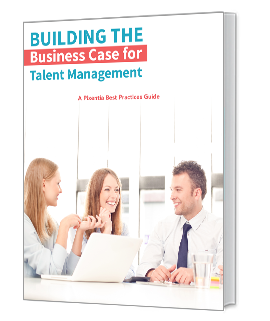 Onboarding
OnboardingCommunicating clear expectations is essential to successful onboarding, and a competency map helps the manager, work team, and L&D to enable rapid development to full productivity.
Feedback captured during onboarding can help Recruiting improve the candidate experience.
A competency definition and behavioral anchors create unambiguous performance expectations and the standards for evaluating them.
Analyzing and assessing performance informs Recruiting of the effectiveness of their methods, and feedback can improve candidate assessments.
Identifying skill gaps according to the competency model tells L&D what learning needs to address. Performance analysis can help measure the effectiveness of learning programs.
Learning activities mapped to competencies help define learning paths for development, both for current role and future roles. Learning assessments help measure readiness for future roles.
One of the most powerful ways to align your people to your strategy and culture is to develop a succession management plan that reaches deep into the organization. Presenting a visualization of a future path is one of the most effective ways to improve employee retention.
Critical roles can exist on any level. If your business model is based on superior personal service, the people who provide that service are essential. If it relies on merchandise price, buyers are.
No one should be indispensable, and any person can be lost to the organization at any time. Whenever there is a successor gap in a critical role, your succession application should notify Recruiting of the need.
In many organizations, competency modeling is a huge effort to develop or purchase a new competency library and manage its adoption. Then, too often, it is neglected until the next round. We advocate a steady, ongoing approach. Start with a small part of the organization and work your way through over time.
Plan ongoing reviews to keep your competency models in line with your organization, then take a measured approach to making a change. The model should adapt over time to business and cultural changes, but should not be a source of upheaval.
We mentioned a review when a manager and recruiter get together to plan a hire. You can also trigger reviews as changes occur. For example, Bersin researchers recently learned that the most important predictor of quality of hire is the relationship between the recruiter and the hiring manager. Have you validated that and added it to your recruiter competencies?
You may find that licensing a competency model from a top provider like DDI or Korn-Ferry will serve you well. Hiring a consultant may be the approach you prefer, but be aware that consultant-speak can make competency descriptions incomprehensible, so check references. If you have the expertise and resources to build your own competency models, all the better. You may need a combination of all three approaches.
Whichever method you choose, build your competency house on a strong foundation. The future of your workforce depends on it.

We hear a lot about branding your talent management technology, but does it matter? After all, a branding name, no matter how clever doesn’t change the way you use the software.
Or does it?
Let’s try an experiment.
We can all agree that improving the knowledge, skills, and abilities of your workforce is an essential activity. Read the phrases in the list below and think how each would fit in your culture.
Now, let’s engage in a little honesty. Was your first reaction related to your company culture or your personal feelings?
Our bet is on personal feelings. We often react emotionally to words even before we consciously know of the meaning and context. Some innocuous words repel us. Others attract us. Many of the reactions are common to cultures, but others are more personal.
Emotions gives words power. The people who write the ads, marketing letters and pleas from charitable foundations have studied how we react to words for over a hundred years. They use the right words at the right time, and they analyze the responses to their words to keep improving what they write.
Advertisers use brand names to develop an emotional connection to a company’s products. We use our company brand to connect with potential employees. In the same way, we can use internal branding to create an emotional connection between our organizations, our people, and each other.
Who gets excited about an Employee Development Module? Who uses the word “module” when thinking about their professional development? How much more favorably would you feel about using a tool named My Personal Growth or My Career Plan?
Branding the talent management tools your people use matters, and developing the brand is as important as your marketing or recruiting brand. It will affect how your employees feel about the tools while they are using them.
Branding in talent management usually happens when someone asks what a new program will be called. Someone comes up with an idea, and then everyone supports the idea because thinking of something better takes a lot of effort. When we concentrate on creating something meaningful, our ingenuity often deserts us.
We recommend the effort. Spend enough time in a structured brainstorming session to develop a brand that conveys the right message. Even if it takes six hours over three days, it will be time well spent. One of the most efficient methods is to break a large group into smaller brainstorming groups to foster a sense of competition. In our experience, it helps to keep people focused on principles.
The three principles we use for developing talent management branding are inclusiveness, culture alignment, and strategy alignment.
One final bit of advice: all talent management initiatives have a life cycle, much like the Gartner Technology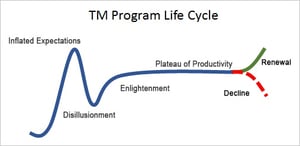 Hype Cycle. A period of disillusionment follows the initial excitement. As you work through the issues, you reach a plateau of productivity. But in time, the activities become routine and less meaningful.
Hype Cycle. A period of disillusionment follows the initial excitement. As you work through the issues, you reach a plateau of productivity. But in time, the activities become routine and less meaningful.
Counter the routine by capitalizing on organizational changes, technology changes, and new strategy direction to maintain a sense of constant renewal. Keep it fresh.
References:
1. Stahl, Günter M., et. al. "Six Principles of Effective Global Talent Management." MIT Sloan Management Review. December 21, 2011

In today’s world of mobile talent, a succession plan is a business necessity. If a critical vacancy is a surprise, it can bring your progress to a stop if you have not prepared.
However, a succession plan is not succession management. A well-managed program supported by the right technology will help you reduce your critical vacancy risk, improve employee engagement and retention, and enhance your recruiting brand.
Your technology should support your plan, not the other way around. Your current technology may be all you need. You may only need better integration with other talent management functions, but there are certain capabilities you need to enjoy high adoption, availability, and effectiveness of your succession plan.
We want to offer our vendor-agnostic view what we consider essential technology for today’s successful succession plan.
Most succession plans have talent gaps, and the best decision may not be to promote the best internal candidate. If you keep your TA team informed of the gaps, they can develop pools of potential candidates to tap when the need arises. With the current social networking and talent pool capabilities of today’s recruiting platforms, your TA team can have a potential list of candidates at the ready.
Technology barriers between the succession plan and the learning platform are not conducive to engagement in development. Development needs, learning objectives, and development progress should be as automated, transparent, and accessible as possible.
Performance assessment is critical to succession management, and modern tools make assessment available to companies of any size. In the early days of succession planning software, the primary means for selection into a succession plan was a manager’s opinion. Likewise, almost all employee performance evaluations depend on a manager assessment with its built-in biases.
We now have much more objective measures in performance analytics. We can tie employee behavior directly to performance and measure contributions to KPIs. By using multiple sources for performance assessments, we can overcome the inherent biases in performance evaluations.
Transparent succession planning that reaches far into the organization can have a profound effect on the most important workforce measures. In a 2015 SoftwareAdvice survey, 94% of companies said their succession plan improves employee engagement. Sixty-two percent of employees stated that they would be more engaged in a company with a succession plan than a company without one.
The low cost of comprehensive assessments and predictive analytics make it easier to use a scientific approach in determining the right development paths for your talent. A personal assessment for employees at any level can be a life-changer. A thorough understanding of each person’s development needs, learning style, and approach to work and relationships can pay big dividends in motivation and retention.
However, an assessment is not forever. A life event or learning event can awaken potential in an employee that did not exist before. Don’t let obsolete assessments hold your people back.
Mentoring technology is a relative newcomer to talent management, but many solutions are available. If your talent management platform does not have the capability for busy executives and their mentees to quickly and easily manage their relationships, consider an independent vendor. Pay close attention to the user experience. Software that does not meet users’ needs in both function and usability will be a barrier to effective succession management.
Annual succession planning is no longer enough. The pace of change is too fast. Modern technology provides the means to constantly monitor the state of your succession plan. Take advantage of it to ensure your organization’s future.
References:
1. Osterhaus Erin. “Leveraging Software to Improve Succession Planning." Software Advice™. February 4, 2015.
Pixentia is a full-service technology company dedicated to helping clients solve business problems, improve the capability of their people, and achieve better results.